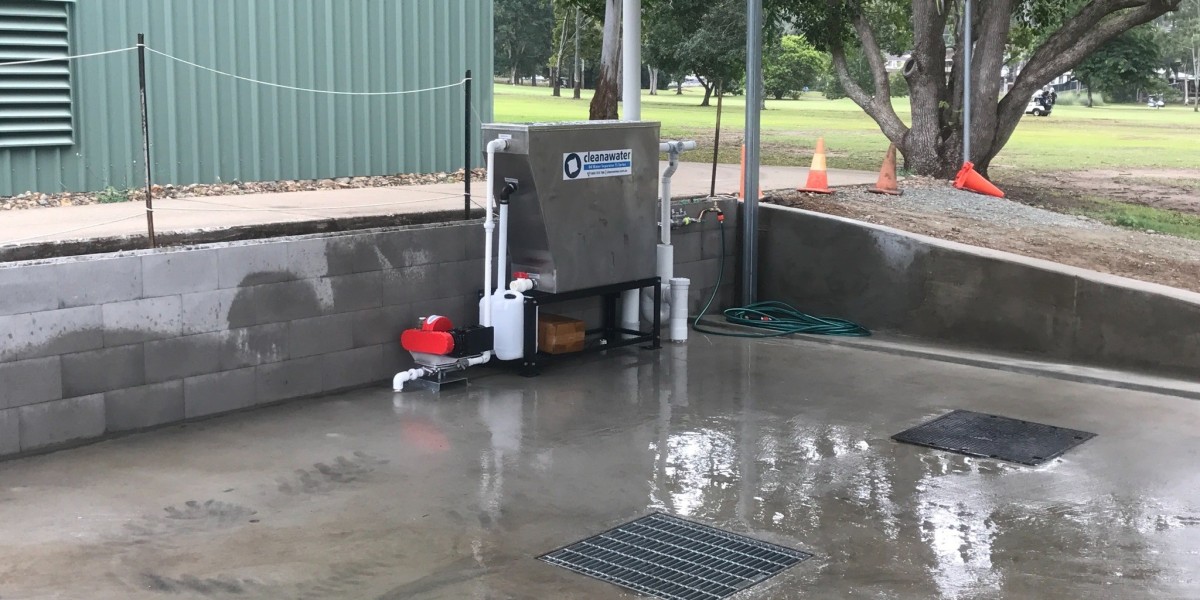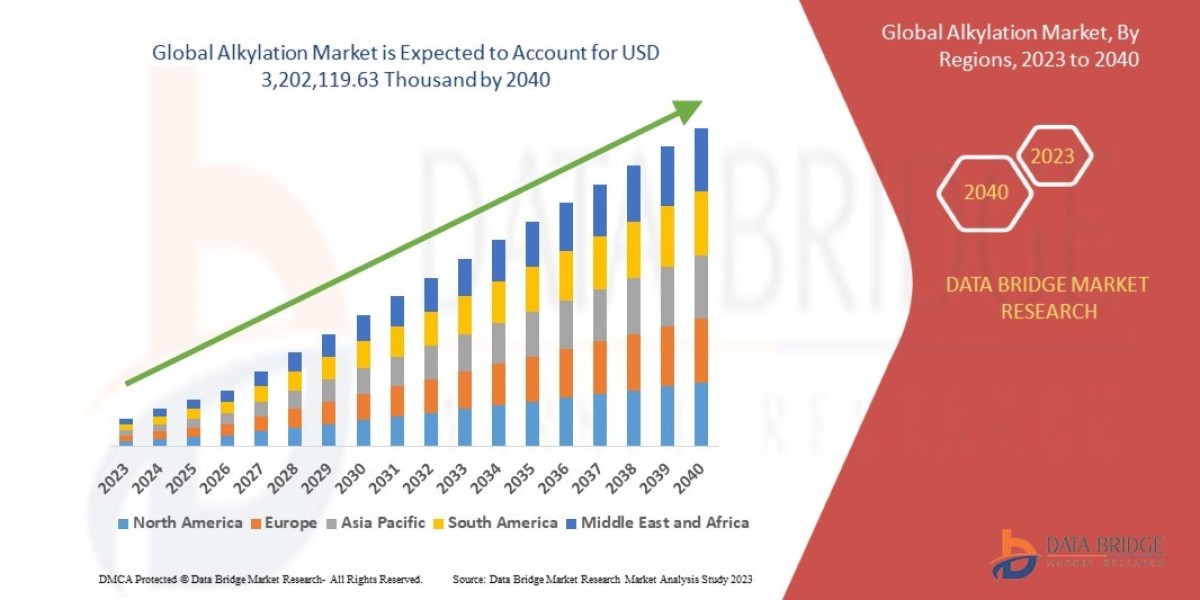Designing an effective wash bay drainage system isn't just about moving water from point A to point B—it's about creating a system that handles high-volume flows, prevents contamination, and operates reliably for years. Whether you're planning a truck wash, car wash, or equipment cleaning facility, these fundamental principles will ensure your drainage system performs when it matters most.
Principle 1: Design for Peak Flow, Not Average Use
The biggest mistake in wash bay drainage design is calculating for normal operations. Your system must handle peak flows when multiple vehicles are being washed simultaneously, pressure washers are running at maximum capacity, and foam cannons are dispensing cleaning solutions. Calculate your peak flow rate by adding wash equipment GPM ratings plus a 25% safety margin. A typical truck wash bay should handle 300-500 GPM during peak operations.
Principle 2: Gravity is Your Best Friend—Use It Wisely
Proper slope design eliminates 90% of drainage problems before they start. Maintain a minimum 1% grade (1/8 inch per foot) toward collection points, with 2% being optimal for wash bays handling heavy debris. Create a crown in the center of wider bays to direct flow toward multiple drains, preventing standing water that becomes a slip hazard and breeding ground for bacteria.
Principle 3: Size Drains for Reality, Not Theory
Standard residential drain calculations don't apply to wash bays. Use commercial-grade trench drains with minimum 6-inch widths for car washes and 8-12 inches for truck facilities. Space drains every 20-25 feet maximum, with additional drains at low points and equipment locations. Remember: it's cheaper to install extra capacity during construction than to retrofit later.
Principle 4: Contamination Control Starts at the Source
Design your drainage to separate different types of runoff from the beginning. Clean rinse water can often be reclaimed, while initial wash water containing oils, grease, and chemicals requires treatment. Install separate collection systems for different wash phases, allowing for water recycling and ensuring compliance with environmental regulations.
Principle 5: Access Equals Longevity
Every component of your drainage system will need maintenance. Design removable grating, accessible cleanout ports every 100 feet, and ensure pump stations have adequate service access. Include bypass capabilities for critical areas so maintenance doesn't shut down operations. A system you can't maintain properly will fail prematurely.
Principle 6: Material Selection Matters More Than You Think
Wash bay environments are harsh—high temperatures, aggressive chemicals, and constant moisture. Use chemical-resistant materials like high-density polyethylene (HDPE) or polypropylene for pipes, and stainless steel or polymer concrete for drains. Avoid galvanized steel and standard concrete in chemical exposure areas.
Principle 7: Plan for the Unexpected
Include overflow provisions for system failures or blockages. Install alarms for pump station high water levels and backup power for critical systems. Design collection areas to contain spills and provide emergency shutoffs for wash equipment to prevent overflows.
The Bottom Line
A well-designed wash bay drainage system pays for itself through reduced maintenance, regulatory compliance, and uninterrupted operations. These principles might add 15-20% to initial construction costs, but they prevent the 300-500% expenses of major retrofits and emergency repairs.
Your drainage system is the foundation of your wash operation—literally and figuratively. Design it right the first time, and it will serve you reliably for decades.
Need help implementing these principles in your wash bay project? Contact a drainage design professional today →








